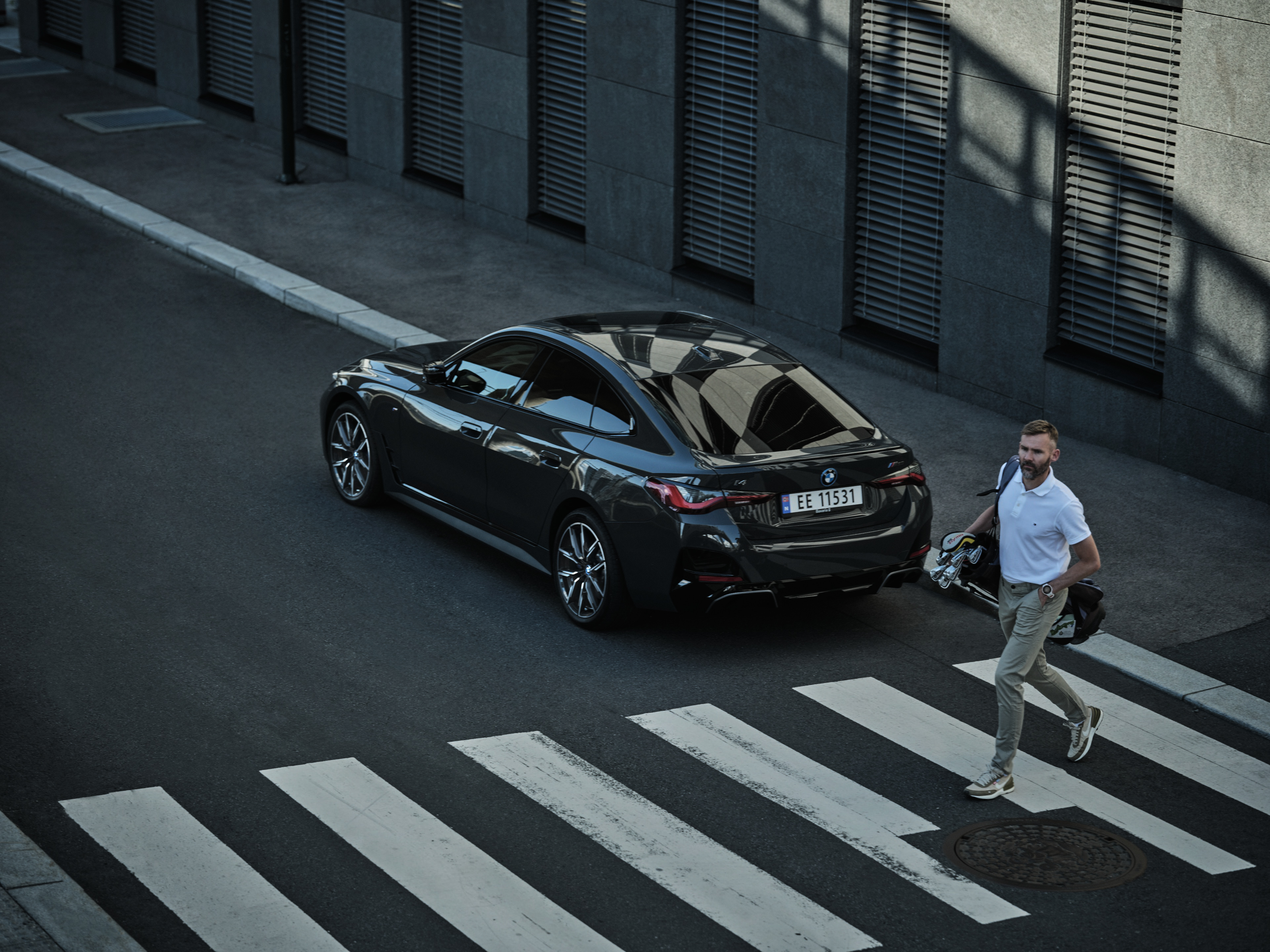The automotive industry is being turned upside down. The traditional distribution model involving the OEM, an importer, and a dealership network is being replaced by direct distribution either by OEM-owned dealerships, pop-up stores, or digital sales. In Norway, the average number of dealership visits when purchasing a car has gone from four to 1,1. The decision is now made at home, on the sofa watching CarWow reviews on YouTube.
«The average car subscription customer is 37 years of age and we, therefore, refer to car subscription as “The Netflix of cars.”»
Europe is turning electric, and the development is fast. EU law makers recently backed a new proposal effectively banning the sales of new petrol and diesel cars from 2035. We must quickly turn the consumer towards EVs. Fortunately, there is a supplementary business model for OEMs that thrives in this space; car subscription. This model also fits the modern consumer perfectly. Younger generations are used to subscribing to services, not owning things. The average car subscription customer is 37 years of age and we, therefore, refer to car subscription as “The Netflix of cars.”
In a rapidly changing automotive industry, car subscription is excelling by digitizing the customer experience and bundling services to ensure profitable cash flows for the providers. Car subscription is, because of this, expected to have a substantial impact on automotive. OEMs and market reports estimate that between 20-30% of new cars being sold in 2025 will be sold on car subscription. Players like Care by Volvo have already turned the 15% mark in several European markets.
Car subscription is a flexible alternative to leasing or owning a car.
Car subscription is a flexible alternative to leasing or owning a car. Consumers subscribe to a vehicle for a flexible monthly term and the subscription can be canceled at any time. Car subscription concepts often include additional services in all-inclusive or modular add-on models such as maintenance, insurance, tire change, the option to swap a car, and many other services.
Consumers love car subscription and we often hear that the product empowers people to make sustainable choices. Car subscription helps make the green shift from ownership to usership and lowers the barrier to EVs.
McKinsey reported that in Europe, there is a four to five times higher EV share on car subscription than traditional sales. Some of the analysis we have done ourselves has shown it may be closer to seven to eight times higher. We hypothesize that this is because flexibility beats uncertainty. Many consumers are still uncertain about EVs whether it be their charging or usage patterns, the technology that is rapidly evolving, or they’ve simply never heard of the OEM brand. Car subscription allows consumers to test out EVs, finding the right one for them, without long delivery periods or putting large sums of money down.
Companies offering car subscription are capitalizing on the subscription generation which has established a lifestyle around pay-as-you-go. They want to have access to the right form of mobility at the right time and they’re extremely sustainably focused. By OEMs providing consumers with a fleet of vehicles that can fit various lifestyles, a long-term relationship is built on the premise of flexibility within the fleet.
Car subscription is also a way for non-traditional players to capitalize on offering forms of mobility. The automotive industry is a large economy and it’s attractive for non-industry players like energy, insurance, and telco to launch their own car subscription concepts, positioning them with direct end-user contacts within the mobility ecosystem. OEMs that implement car subscription as a supplementary business model will not only keep up in this evolving industry, but they’ll gain a competitive advantage. The time to act is now.













.avif)




.png)







